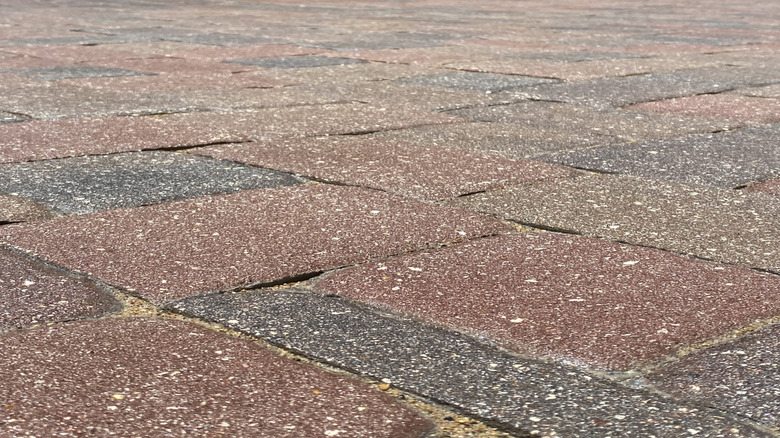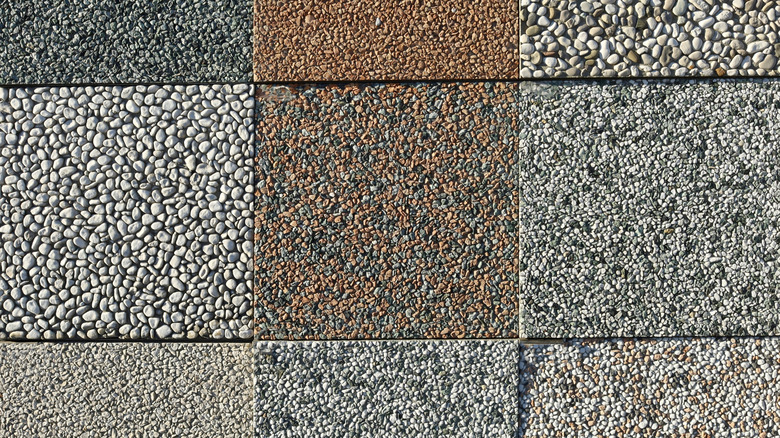Customize Your Backyard With Stylish Exposed Aggregate Pavers
Pavers are popular for a wide variety of yard projects. Combining toughness with affordability, they can be used to create a durable driveway that adds way more curb appeal to your home than asphalt. They can also quickly take a boring walkway from drab to fab. However, maybe your standard concrete or brick pavers aren't the first thing that springs to mind when you're thinking about creating the patio of your dreams or other stylish hardscaping. If that's the case, perhaps you should consider exposed aggregate pavers. So, what are they, and why might you want to use them to customize your backyard?
Concrete is made with cement, sand (technically a fine aggregate), coarse aggregates (small pieces of rock or gravel), and water. Concrete pavers and slabs usually have a fairly even surface, so you don't see the coarse aggregate that helps give them strength. With exposed aggregate pavers, the top layer is deliberately stripped away to reveal decorative pebbles, stones, glass, or even shells. In some cases, the natural shapes of the stones or pebbles are left intact to provide an interesting surface texture. Alternatively, they might have what's called a grind finish, which leaves the surface smooth while showing off the aggregates within.
Are exposed aggregate pavers right for your yard?
Need help deciding whether exposed aggregate pavers are the right way to go? Consider their aesthetic, strength, cost, and functionality. It's always nice to have plenty of choices when taking on a hardscape project, and exposed aggregate pavers can be a stylish and versatile way to customize your backyard. They provide a gravel-like aesthetic without the maintenance associated with loose material. (Of course, you can combine them with loose aggregates to get the best of both worlds).
Strength and durability are key considerations with any type of paver. Exposed aggregate pavers have all the load-bearing strength, toughness, and durability you would expect of concrete, so once installed, they are easy to live with. If you're considering a DIY paver project to elevate your yard, they can also bring a whole new level of visual interest. Equally important, they are no more difficult to install than plain pavers. Exposed aggregate pavers are more expensive than plain concrete versions, costing up to 30% more, depending on the surface treatment. However, they are usually more affordable than natural stone.
Where you intend using the pavers could also impact your choice. Stones that are textured can provide additional grip underfoot in wet or icy weather; conversely, highly textured styles might not be appropriate for a patio area because the raised stones or pebbles could be uncomfortable to stand on for long periods. Of course there are numerous less extreme surface options available.

